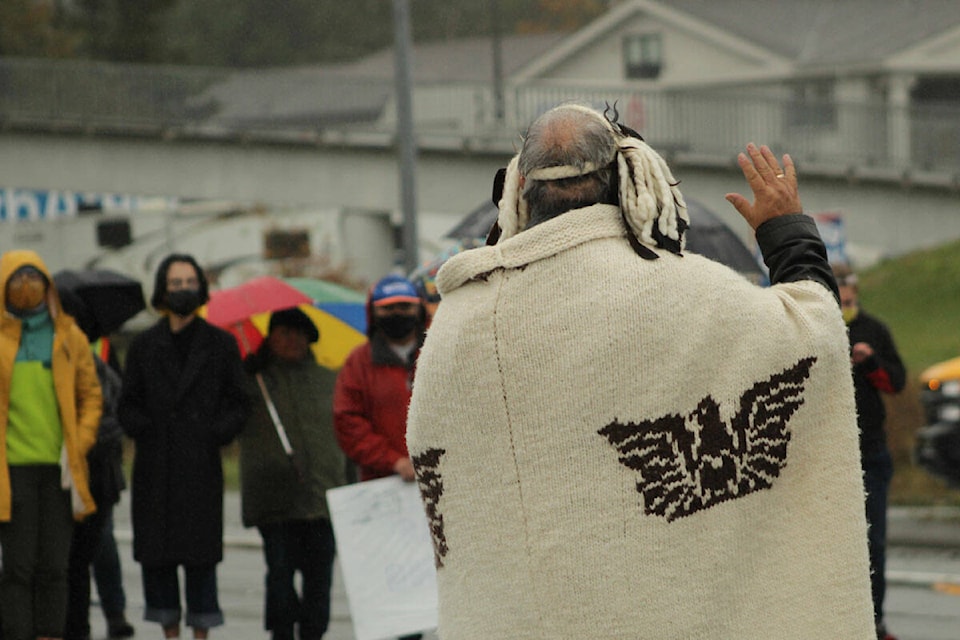New figures from Statistics Canada show five per cent of the population in Victoria Census Metropolitan Area (CMA) — just under 20,000 people — are of Indigenous background.
Newly released census figures confirm a trend evident for some time: Canada’s Indigenous population continues to grow at a pace far faster than its non-Indigenous population. Canada’s Indigenous population grew by 9.4 per cent from 2016 to 2021, whereas the non-Indigenous population grew by 5.3 per cent during the same period.
As of 2021, Canada is home to 1.8 million Indigenous people — about five per cent of the population. That places Canada ahead of Australia (with an Indigenous population of 3.2 per cent) but behind New Zealand (with with an Indigenous population of 16.5 per cent)
Statistics Canada identifies two reasons for this growth. The first appears under the heading of natural growth thanks to higher birth rates (leading to a younger population) and increased lifespans.
RELATED: Indigenous people more likely to have housing issues as population grows: StatCan
Consider Victoria CMA as a representative example.
According to Statistics Canada, the average age of the Indigenous population in Victoria was 34.6 years, compared with 44.7 years for the non-Indigenous population. Indigenous children 14 and under represented 21.5 per cent of the total Indigenous population in Victoria CMA, while non-Indigenous children aged 14 and under accounted for 12.5 per cent of the non-Indigenous population.
The second reason is a number of people who once identified as non-Indigenous on the census are shifting their answers.
“Over time, respondents who had previously not identified as Indigenous have become more likely to do so,” the census report reads. “This may be related to personal reflection, social factors or external factors such as changes to legislation or court rulings.”
Canada’s Indigenous population consists, among others, of 600 First Nations as defined by federal legislation, plus Metis and Inuit populations. More than 70 Indigenous languages were counted by the 2021 census.
Do you have a story tip? Email: vnc.editorial@blackpress.ca.
Follow us on Twitter and Instagram, and like us on Facebook.
